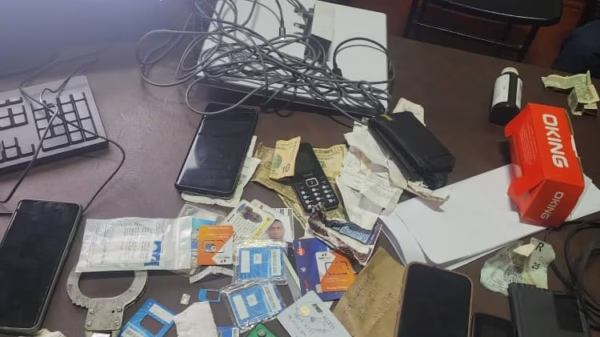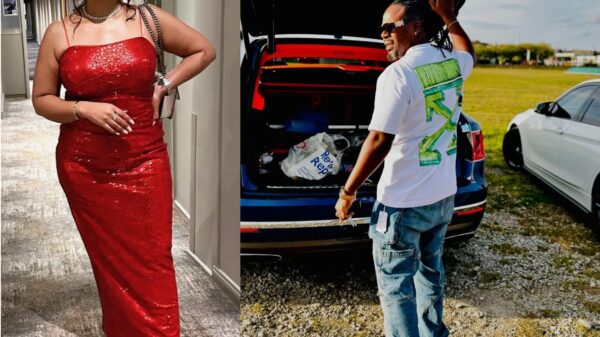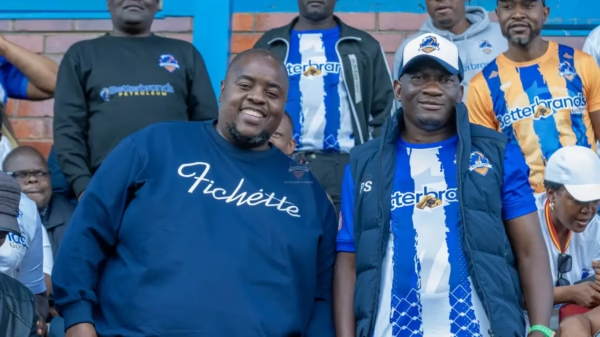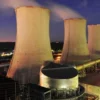Zimbabweans should brace for increased load shedding as the festive season nears, largely due to frequent equipment failures in units one to six at Hwange Thermal Power Station.
The situation is likely to deteriorate with the arrival of the rainy season, which typically brings more electrical faults.
During a recent Question and Answer session in the National Assembly, Energy and Power Development Minister Edgar Moyo informed lawmakers that plans to upgrade the older units at Hwange, beginning in 2025, alongside new requirements for ferrochrome smelters to generate their own power, are expected to help alleviate the country’s power shortages. Moyo noted:
“The frequency of blackouts has risen, primarily due to the outdated equipment in the first six units at Hwange. We have a partnership with an Indian company, Jindal, which will commence the repowering project early next year. This is one approach to lessen the occurrence of blackouts.
Additionally, as we enter the rainy season, we anticipate disruptions from lightning and wind that will impact our infrastructure. We are working on strategies to respond quickly to these issues.”
Moyo also highlighted that the drought during the 2023-24 summer has led to reduced water levels in Kariba Dam, a vital component in the power generation process. He explained:
“The drought has indeed impacted us; Lake Kariba is crucial for balancing power production. It allows us to adjust supply levels to maintain stability in our power grid. The drought’s effects are significant.
To mitigate these challenges and ensure power supply to areas that struggle to provide for themselves, we have requested that ferrochrome smelters establish their own power generation capabilities, aiming for them to be self-sufficient by the end of 2025.”
On November 1, 2024, the Zambezi River Authority reported that the usable water storage at Lake Kariba, which is essential for power generation, had dropped to 2.89 billion cubic meters (BCM), or just 4.46% of its capacity. This compares unfavorably to the same date in 2023, when the usable storage was 11.59 BCM, or 17.90%.
ALSO READ : Heartland Coaches Bus “Bhuru Remusha” Destroyed by Fire En Route to Zimbabwe

For comments, Feedback and Opinions do get in touch with our editor on WhatsApp: +44 7949 297606.
















































